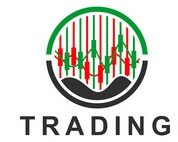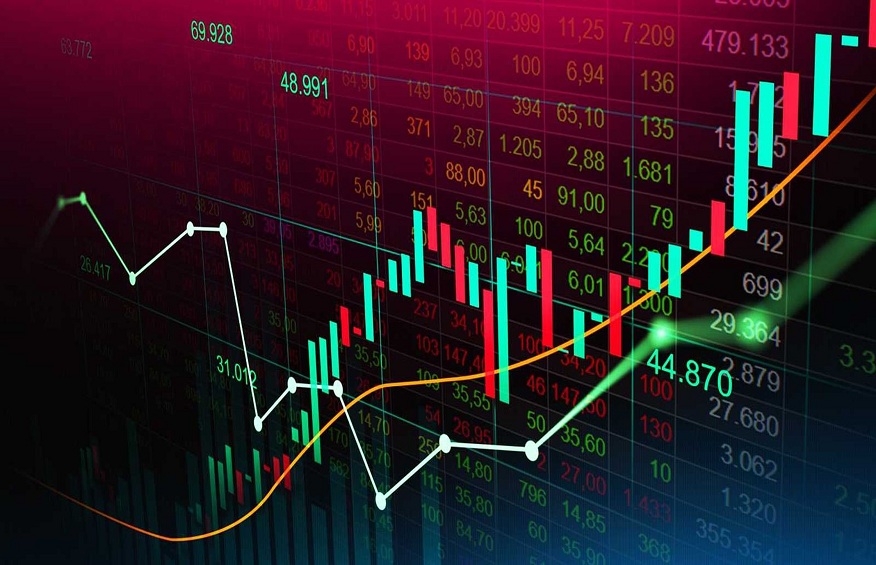In the dynamic world of forex trading, making well-informed decisions is paramount. Successful forex traders understand the importance of employing robust methodologies, and one such approach that has proven to be reliable time and time again is fundamental analysis. By delving deeper into this market, this methodology goes beyond surface-level trends and technical indicators, focusing instead on examining the various economic, social, and current factors that influence the values of different currencies.
Fundamental analysis provides traders with a comprehensive understanding of the underlying forces driving currency movements by considering various data points, such as GDP growth rates, inflation rates, interest rates, stability, and social factors. With this knowledge, traders in the UK can make more informed and strategic trading decisions, increasing their chances of attaining consistent returns in the competitive forex market.
Understanding fundamental analysis
Fundamental analysis is a prevalent method used to gauge an investment’s intrinsic value, underscoring the importance of analysing economic indicators, current scenarios, and societal trends. In the context of forex trading, traders use fundamental analysis to predict how these factors could affect currency exchange rates.
Economic indicators
Economic indicators are crucial factors that heavily influence the volatility of forex markets. These indicators include a wide range of data, including a country’s GDP, interest rates, employment rates, and inflation. The release of such data can result in substantial shifts within the forex market, providing valuable insights into a country’s economy’s overall health and stability.
For example, an increase in a country’s interest rates typically leads to an appreciation in the value of its currency, as higher interest rates attract foreign investors seeking better returns. Forex traders in the UK can make more informed decisions and capitalise on potential market opportunities by closely monitoring and analysing these economic indicators.
Current climate
The current climate of a country is a crucial determinant of the dynamics in the forex market. It influences economic policies and shapes investor sentiment and market confidence. Stability acts as a strong magnet for investment, attracting foreign capital and bolstering the value of the country’s currency. It creates a positive cycle of increased confidence, economic growth, and further investment.
Unrest or instability can have detrimental effects on the forex market. Uncertainty and instability erode investor trust, leading to capital flight and a decline in the currency’s value. Moreover, current events such as elections, policy changes, or tensions can introduce volatility and unpredictability, making currency trading more challenging and risky.
Societal trends
Though often overlooked, social factors can also significantly impact foreign exchange rates. For instance, societal trends suggest that increased consumer spending can lead to higher demand for certain goods and services. This increased demand may result in inflationary pressures, ultimately affecting the forex markets.
As a result, forex traders and investors closely monitor social indicators and trends to gain insights into potential shifts in exchange rates and make informed decisions. By considering the intricate relationship between social factors and forex markets, market participants can better navigate the dynamic landscape of international currency trading.
Interpreting data for fundamental analysis
Understanding and interpreting data is a crucial aspect and the backbone of fundamental analysis. Successful traders need to possess the skill of reading and comprehending the implications of various economic, current, and social indicators.
This approach involves delving deep into economic calendars, studying financial news and reports, and gaining insights into how these factors can significantly impact exchange rates and market trends. By immersing themselves in the intricate details of the financial landscape, traders can make informed decisions and strategically position themselves to seize lucrative opportunities.
Successful strategies in fundamental analysis
Just grasping the fundamentals of fundamental analysis is a good start, but more is needed. Traders must delve deeper and learn how to apply this knowledge to create winning trading strategies effectively.
It entails honing the ability to identify trends, thoroughly understanding market cycles, and conducting comprehensive comparative analyses of various currencies and the underlying economies they represent. By doing so, traders can better position themselves to make informed decisions and maximise their chances of success in the trading world.
Combining fundamental analysis with technical analysis
While fundamental analysis is a powerful trading tool, it can be even more effective with technical analysis. By incorporating both methodologies, traders can take advantage of the best of both worlds and make well-informed decisions based on comprehensive data. This approach gives traders a holistic view of the market, increasing their chances of effectively identifying lucrative opportunities and managing risks.
Fundamental analysis can provide valuable trading insights into the intrinsic value of an asset or stock by analysing factors such as financial statements, industry trends, and economic indicators. On the other hand, technical analysis focuses on studying price patterns, trends, and market indicators to predict future price movements. By combining these two approaches, traders can better understand the market dynamics, identify potential entry and exit points more accurately, and improve their trading performance.
The bottom line
In the world of forex trading, having a solid grasp of fundamental analysis is crucial for traders seeking to make informed investment choices. By delving deep into the various market drivers, such as economic indicators, current climate, and societal trends, traders gain the ability to anticipate potential shifts in currency exchange rates.
This comprehensive understanding empowers traders to refine their trading strategies and maximise their profit potential in the dynamic forex market. With a meticulous approach to fundamental analysis, traders gain an edge in navigating the intricacies of the global financial landscape, making well-informed decisions that lead to success.





